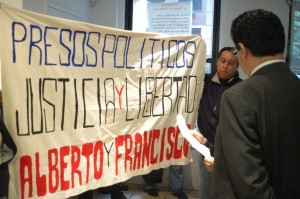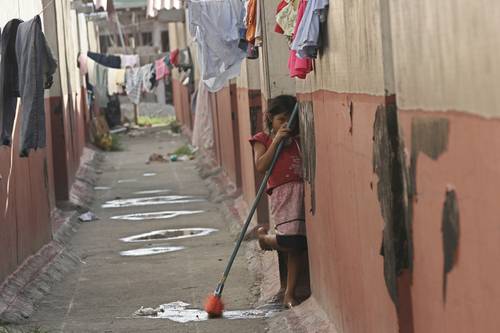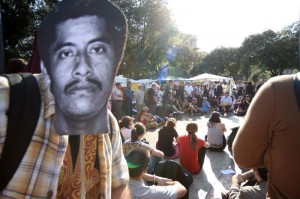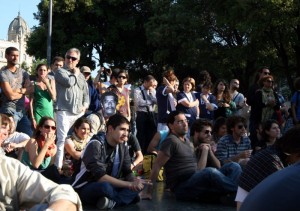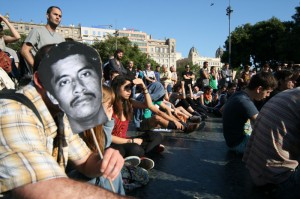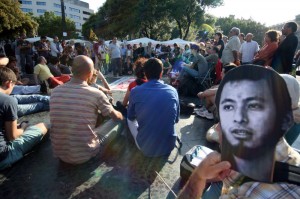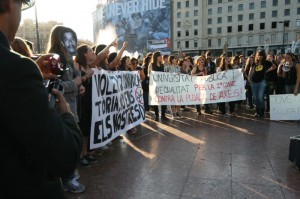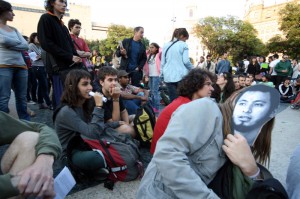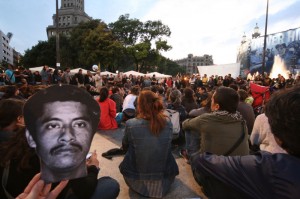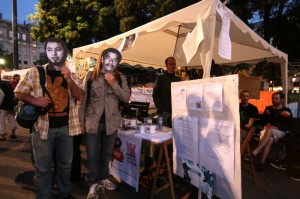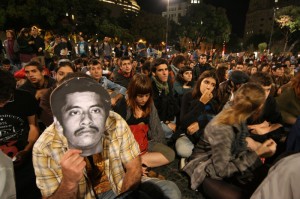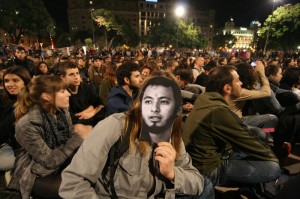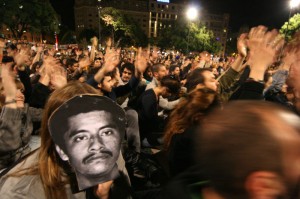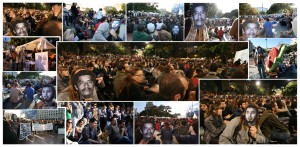
News
MST de Brasil apoya a los presos políticos Patishtán y Sántiz López
Final update on the
“WEEK OF WORLDWIDE STRUGGLE FOR THE LIBERATION OF PATISHTÁN AND SÁNTIZ LÓPEZ: BRINGING DOWN THE PRISON WALLS”
May 15 – May 22 of this year.
May 22, 2012
o The Landless Workers Movement (MST) of Brazil supports Patishtán and Sántiz López through new video message: “If it does not wish to be judged for crimes against its population, the Mexican Government must release the two prisoners”
To our sisters and brothers, the family members and allies of Alberto Patishtán Gómez:
To our sisters and brothers, the family members and allies of Francisco Sántiz López:
To our Zapatista sisters and brothers:
To our compañer@s of The Other Campaign:
To our compañer@s of the Zezta Internazional:
To our compañer@s, adherents of the International Campaign in Defense of El Barrio and all our allies from around the world:
To the Civil Society in Mexico and in the world:
Compañeras and compañeros:
Receive an enormous embrace from El Barrio, Nueva York. Today being the closing day, here we share with you the seventh and final update on the “Week of Worldwide Struggle for the Liberation of Patishtán and Sántiz López: Bringing Down the Prison Walls.”
We have received, and will circulate herein, a new video message from our compas of the Landless Workers Movement (Movimento Sem Terra) of Brazil, as part of the global actions executed during the Week of Worldwide Action. In this video, Rafael, a representative of MST, explains to us the reasons behind their support and solidarity for the two political prisoners of Chiapas and the national and international struggle for their liberation. Our Brazilian comrade states that with regards to Alberto’s case, popular education and learning must be nourished in order to have real democracy, and therefore, those who do so must be defended. Punishing educators would constitute a grave error against this goal and represent an irrational and unjust act. He adds, moreover, that the fact that Alberto has already spent 12 years in prison speaks to his abilities and demonstrates that he has indeed done “excellent work” for his people and against the interests of the capitalists and their political lackeys. Concerning Francisco, our compa from the MST states that his movement has a “relationship of admiration and respect” for the Zapatistas. He goes on to suggest that unjust and arbitrary incarceration can be regarded as a crime against the population and democracy. There exists much truth in his words and for this reason, we are happy to be able to share with you the full message here:
Although this particular week of struggle ends today, there still remains much work to be done, as our two prisoners remain unjustly imprisoned.
Their physical bodies remain stuck in disgusting cells for crimes that they did not commit, while those who do harm to our people and our Mother Earth, continue to enjoy impunity and the wealth that they have robbed violently from us.
It sickens us. It enrages us. It causes us agony. It fills us full of emotion and strength to tear down the walls that confine them.
We view them as our prisoners, our brothers.
And it has occurred to us that Alberto and Francisco’s dreams are very similar to our own, as migrants. The true “American dream” of any immigrant is being able to be back in their community with their family.
We share this same dream, this same yearning, and we shall soon make them reality.
It is our hope that these global actions have given all of us, and in particular, Francisco, Alberto, and their people, more energy, more determination and strength to continue fighting for that freedom that we have always sought.
To close the Week of Worldwide Struggle, we resend you our video on the week here:
As always, we ask that you please share the films with all of your contacts and social networks, so that the truth, wisdom, and hope of these messages, as well as the already global and historical demand for the release of Alberto and Francisco, may reach every corner of our world.
The pressure and demand for the freedom of Alberto Patishtán and Sántiz López now has a global reach. Today more than ever we must keep it alive.
We want to thank all the people of good heart who participated in the “Week of Worldwide Struggle for the Liberation of Patishtán and Sántiz López: Bringing Down the Prison Walls,” by taking action and disseminating our convocation and all the video messages—since the true word and knowledge are essential to the struggle for justice, democracy, and dignity.
That said, due to all of our collective efforts, some day soon, we will see them free and our dreams realized.
We continue, compas.
¡ALBERTO, HOLD ON, THE PEOPLE ARE RISING UP!
¡FRANCISCO, HOLD ON, THE PEOPLE ARE RISING UP!
¡BRING DOWN THESE PRISON WALLS!
¡FREE OUR PRISONERS NOW!!!
With love and solidarity,
Movement for Justice in El Barrio
The Other Campaign New York


